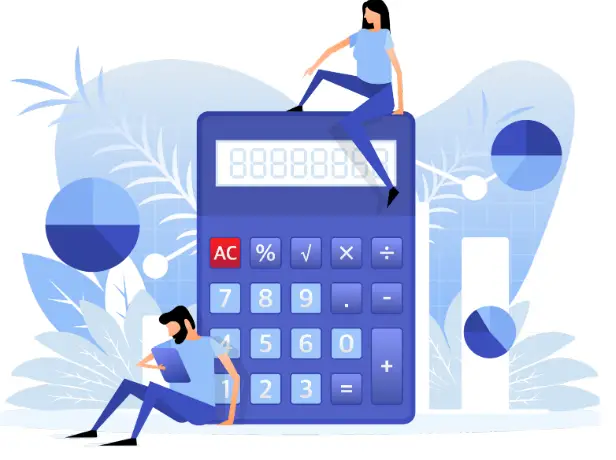Understanding the nuances of the academic scoring system is a pivotal aspect of gauging one’s own performance and planning for future endeavours. Different educational systems have varied metrics to evaluate a student’s performance, with the conversion from CGPA to percentage being a common point of concern for many. This article will take a deeper look into the intricacies of this conversion, offering a comprehensive overview and simplifying the concept for students and professionals alike.

Table of Contents
The Genesis of CGPA
Cumulative Grade Point Average, or CGPA, is a grading system that numerous institutions adopt. It offers a cumulative representation of a student’s performance over a specific period, usually an academic year or throughout the course of a degree program. With this system, usually scaled from 1 to 10, institutions aim to provide a holistic view of the student’s capabilities, not limiting evaluation just to academic prowess. This method of assessment captures a broader spectrum of a student’s strengths and areas of improvement, ensuring a balanced perspective. Moreover, CGPA often aligns better with modern pedagogies, focusing more on continuous learning rather than one-off performances.
The Need for Conversion
Why exactly is there a need to convert a CGPA score into a percentage? The reason lies in uniformity. Different institutions and even countries sometimes use varying scales to evaluate performance. While one university may lean towards the CGPA system, another might employ a simple percentage scale. Especially when applying for higher studies or jobs overseas, having your academic scores in percentages can clear ambiguities. Furthermore, some standardised tests or application portals may specifically require percentages, making the conversion a necessary step for many students.
The Basic Formula
Understanding the standard conversion formula becomes pivotal to familiarise oneself with the transition from a grade point system to a numeric percentage. Typically, multiplying the CGPA obtained by a factor of 9.5 will yield the corresponding percentage. However, this general formula might not hold true everywhere. Different institutions or educational boards may employ distinct conversion factors based on their grading nuances. It’s also worth noting that some platforms offer online calculators to make this task even more user-friendly, though one should always verify their accuracy.
Factors to Consider
While the formula mentioned above offers a foundational understanding, specific nuances need attention. For starters:
- Inconsistency in Scale: Not every institution has their CGPA scaled to 10. Some might opt for a 4-point scale or other variations, and this calls for a different conversion method.
- Subjects in Consideration: At times, when transitioning from CGPA to a percentage, not all subjects carry equal weight. Institutions may prioritise core subjects over electives or additional ones. This distinction can affect the final percentage, necessitating a more detailed breakdown.
- Institutional Policies: Many educational entities boast their tailor-made conversion tables or formulas. Therefore, before undertaking any conversion, always cross-reference with official institution guidelines. Some universities even provide their online tools for this purpose, ensuring students get the most accurate conversions.
Beyond the Numbers
Converting scores is undeniably essential when synchronising with different educational metrics. However, it’s paramount to remember that these figures only represent a part of the picture. They might indicate academic achievements, but intangible qualities like soft skills, adaptability, and innate curiosity often play a more significant role in real-world scenarios. Therefore, while these conversions aid in academic pursuits and applications, they should be coupled with other personal and professional developments for a rounded profile.
Conclusion
Making sense of the shift from CGPA to percentage might appear daunting at first glance, but armed with the right knowledge and resources, it transforms into a manageable task. While numerical conversions serve a purpose, they merely represent a fraction of an individual’s potential. Embrace these numbers, but remember to prioritise holistic development in the broader spectrum of life and learning.





